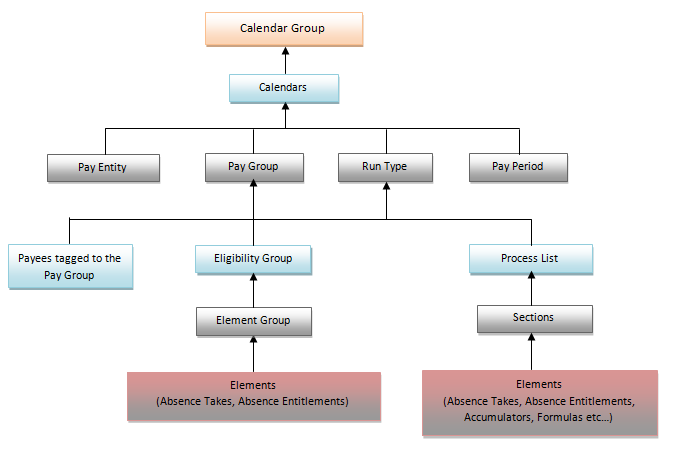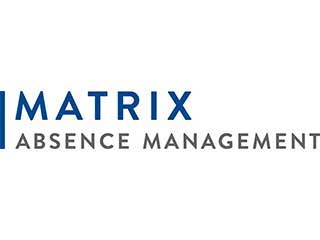

Allen Rasafar on Managing Yield With EUV Lithography And Stochastics.Alex Peterson on Welcome To EDA 4.0 And The AI-Driven Revolution.Ron Lavallee on The True Cost Of Software Changes.ALLEN RASAFAR on Balancing AI And Engineering Expertise In The Fab.Peter Bennet on The True Cost Of Software Changes.Mark Camenzind on Why IC Industry Is Great Place To Work.Ģ.5D 5G 7nm advanced packaging AI ANSYS Apple Applied Materials ARM automotive business Cadence EDA eSilicon EUV finFETs GlobalFoundries Google IBM imec Intel IoT IP Lam Research machine learning memory Mentor Mentor Graphics MIT Moore's Law Nvidia NXP Qualcomm Rambus Samsung security SEMI Siemens Siemens EDA software Sonics Synopsys TSMC UMC verification Evidence for the utility of quantum computing before fault tolerance. These experiments demonstrate a foundational tool for the realization of near-term quantum applications.”įind the technical paper here. In the regime of strong entanglement, the quantum computer provides correct results for which leading classical approximations such as pure-state-based 1D (matrix product states, MPS) and 2D (isometric tensor network states, isoTNS) tensor network methods break down. We establish the accuracy of the measured expectation values by comparing them with the output of exactly verifiable circuits. These experimental results are enabled by advances in the coherence and calibration of a superconducting processor at this scale and the ability to characterize and controllably manipulate noise across such a large device. We argue that this represents evidence for the utility of quantum computing in a pre-fault-tolerant era.

Here we report experiments on a noisy 127-qubit processor and demonstrate the measurement of accurate expectation values for circuit volumes at a scale beyond brute-force classical computation. The widely accepted solution to this challenge is the implementation of fault-tolerant quantum circuits, which is out of reach for current processors. However, the greatest impediment to realizing its full potential is noise that is inherent to these systems. “Quantum computing promises to offer substantial speed-ups over its classical counterpart for certain problems. A technical paper titled “Evidence for the utility of quantum computing before fault tolerance” was published by researchers at IBM Quantum, University of California Berkeley, RIKEN, and Lawrence Berkeley National Laboratory.


 0 kommentar(er)
0 kommentar(er)
